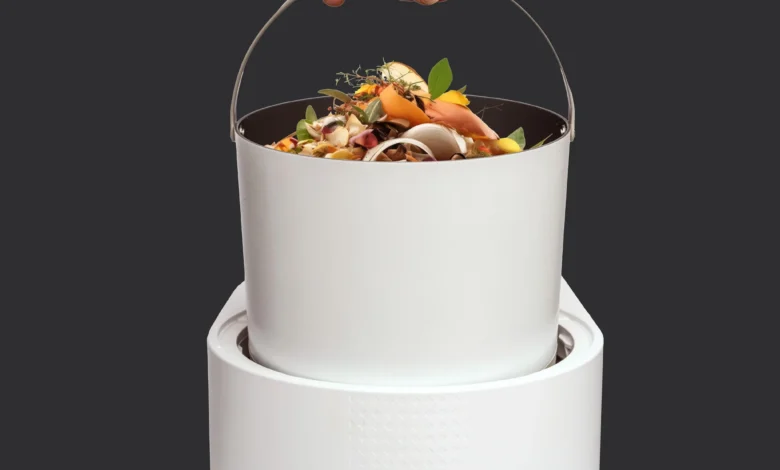
The growing plague of the waste of food may stain the features of sustainability on the ground for a long time. The burials of the waste that were eaten in their muddy contents degradation, which led to the release of much stronger greenhouse gases, mainly methane, in the air. While the true insult to nature is aware of the dark issue of increasing waste of valuable and non -governmental resources in financial terms, here is the power to renew innovation in modern manipulation with organic ignorance. In bypassing BIN, a new collection of technical recycling companies with technical foods reclaims kitchen scraps to another, providing a practical solution to global anxiety.
In previous times, fertilizer or simply fill the ground was options for managing food waste. Fertilization is desirable but slow and can require a specific group of parameters for the process to reach its path, which is not always possible with all sites, which are the wide or commercial settings based on urban areas. Either way, this is about to change because the new generation of food waste recycling technology is to increase and replace some old operations in fast, sufficient, and effective ways. Depending on the processes and methods, most systems are either biological, mechanical, or thermal at times to ensure that the shattering or disposal programs are fast and clean. Some food waste recycling units work by air digestion, as a biblical amount of oxygen operates on the rapid collapse of vital manuscripts, others work inferiorly, and the production of biomas-a renewable source of energy-rich digestion.
Among the exciting developments in the recycling of food waste is the appearance of waste treatment at the site, starting with small systems that suit families to the systems designed for large commercial kitchens or municipalities. Integrated treatment systems use this grinding, heating and ventilation to reduce the size and weight of food waste to a large extent. For example, some domestic use systems are able to treat a few liters of food scraps in a small size of dry and smelling materials rich in nutrients within hours. The general treatment stages usually include drying stage, waste drying during the removal of the odors, followed by the criminal stage that spoils the waste into accurate particles and finally the cooling stage that cools the residue caused by safe dealing. The result, which is commonly referred to as the Foodilizer or soil modification, can be added directly to the gardens, fertilizer beds or larger compost facilities, thus closing the loop on organic waste.
The commercial and industrial food waste recycling systems now solve these problems on a large scale, along with their local counterparts. These large units are designed to treat large amounts of mixed food waste, and often come with an advanced strengthening capacity so that the organic matter can be easily separated from packaging. Technologies such as high -speed separation systems can tear and separate mixed waste flows, which only ensures that organic fracture enters treatment. Depending on the composition, large systems can convert the final products to fertilizers rich in nutrients for application in agriculture or in biological gas, which are also harvested for electricity, heat or vehicle fuel. It is important to those who apply water heat therapy, depending on a high temperature and pressure to convert organic waste into simpler substances, or biodigester systems, which stimulate the biological coup process actively to give useful derivatives.
The bullish trend to those and other types of dining waste recycling programs are much more important than just reducing the size of the landfill. By keeping organic waste away from waste burials, significant discounts are achieved in future methane emissions, which is a greenhouse gas with high efficacy of climate change, while the deterioration of waste materials can be observed faster. In fact, this is an intermediate stage to create a circular economy in which those entities that were previously dubbed the landfills are converted into valuable fertilizers to enrich soil or renewable energies to reduce dependence on fossil fuels. Another big plus for Restore food waste It is an actual decrease in the costs of disposal, improving hygiene within the company’s buildings, reducing carbon emissions at work, and thus expanding the value of its brand to sustainability. With technology progress, these food waste recycling companies will become more efficient, less expensive and more suitable for adoption as an integral aspect than the future of society and sustainable industries around the world.





